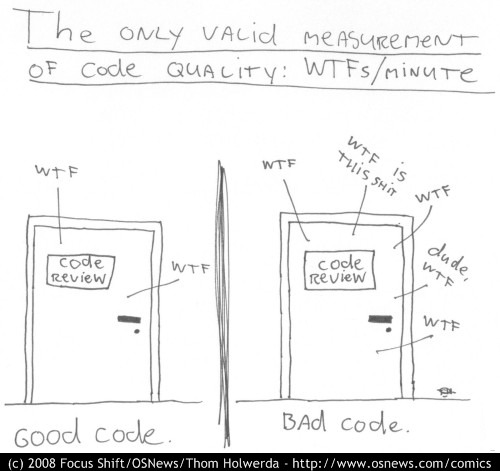Pair programming, or just pairing, is one of the most resisted practices that the agile community is pushing to become mainstream. Many colleagues have an initial knee-jerk reaction against it. “Do you want to waste 50% of the productivity?”, they often argue.
Of course, there are obvious circumstances in which pairing is blatantly wasteful such as in simple, no-brainer tasks. In my own experience, there are other circumstances in which it is beneficial:
-
To deal with error-prone stuff. Development is a bit like trying to juggle many balls at the same time. If you miss one it might be caught early on by the compiler or the tests… or it could ruin your vacations abroad two months from now. Pairing helps here by providing immediate feedback and by having the navigator–the one not typing–keeping notes and cross-checking documentation.
-
When you need readable, high-quality code. You might determine that not the entire codebase needs the highest quality level, but even in that case a portion–the most architectural pieces–should be carefully crafted. You should consider pairing for its benefit of getting outputs that at least two people understand and are likely to have fewer defects than individually-written code.
-
To spread the word. Working side-by-side is a wonderful way to learn from colleages not only technologies and conventions but also values and team culture.
-
To handle a situation. From time to time you have to work under a deadline to fix a situation in which a mistake can have further consequences. The higher the stake, the more you will appreciate having a peer helping you to decide if you should cut the red or the blue wire. By the way, many people who are reluctant to try pairing in normal situations opt for it during a crisis in an implicit recognition of pairing effect on the rate of defects.
These are some examples of when I find pairing useful but your mileage may vary. In the end, practices should match the task at hand and the social context, so different teams use different practices for similar problems. For some teams, code reviews are a substitute for pairing that provides a portion of the benefits in less time1.

